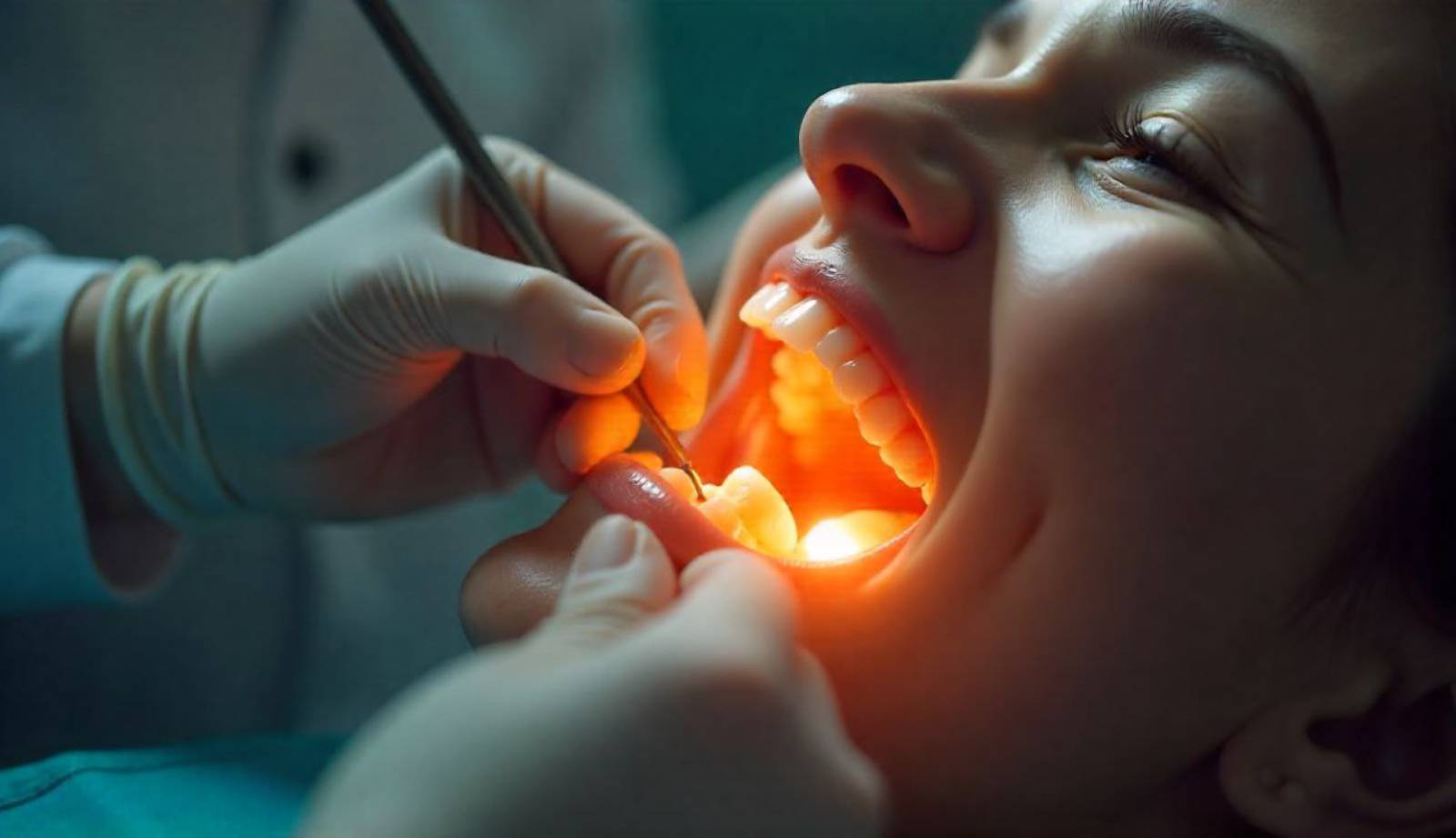
Understanding Root Canal Treatments: Importance, Process, and a Real-Life Success Story
Root canal treatment (RCT) is one of the most effective dental procedures for saving a natural tooth that has been damaged by infection or decay. Many people associate root canals with pain, but modern dental techniques and anesthetics, when done properly, have made the process painless, comfortable, quick, and highly successful.
In this blog, we’ll explain what root canal treatment is, why it’s important, the steps involved, and how re-treatment can save teeth even after a failed first attempt. We’ll also share a recent clinical case from our own practice that demonstrates the importance of precision in RCT.
What is a Root Canal Treatment?A root canal treatment is a dental procedure designed to remove infected or damaged pulp tissue from within a tooth. The pulp is the innermost part of the tooth, containing nerves, blood vessels, and connective tissue. When it becomes infected due to deep decay, cracks, or trauma, it can cause severe pain, swelling, and eventually lead to tooth loss if left untreated.
The goal of RCT is to clean the infected area, disinfect the canals, and seal them to prevent further bacterial invasion. This allows the tooth to be preserved rather than extracted.
When is a Root Canal Needed?You might need a root canal if you experience:
-
Persistent toothache or sensitivity
-
Pain while chewing or biting
-
Swelling in the gums near a tooth
-
Darkening or discoloration of a tooth
-
Prolonged sensitivity to hot or cold foods
In some cases, there may be no obvious symptoms, and the infection is detected during a routine dental examination or X-ray.
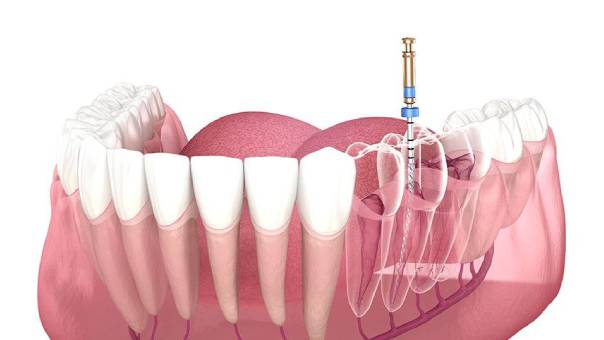
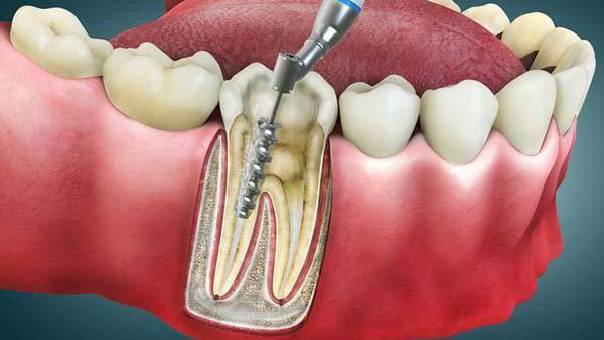
A standard RCT involves the following stages:
- 1. Diagnosis and Imaging – X-rays are taken to assess the extent of infection.
- 2. Anesthesia – Local anesthesia is administered to ensure the procedure is painless.
- 3. Access Opening – The dentist creates a small opening to reach the pulp chamber.
- 4. Cleaning and Shaping – Infected pulp is removed, and the canals are cleaned and shaped.
- 5. Filling – The cleaned canals are filled with a biocompatible material (gutta-percha).
- 6. Sealing and Restoration – The tooth is sealed and usually restored with a crown for strength.
Why Do Root Canals Fail?
While RCT has a high success rate, there are cases where symptoms persist or return. Common causes of failure include:
-
Missed canals during the initial treatment
-
Incomplete cleaning or sealing of canals
-
Complex root anatomy that was not fully addressed
-
Fractures or cracks in the tooth
-
Reinfection due to leakage or decay
When this happens, a Re-Root Canal Treatment (Re-RCT) can often save the tooth.
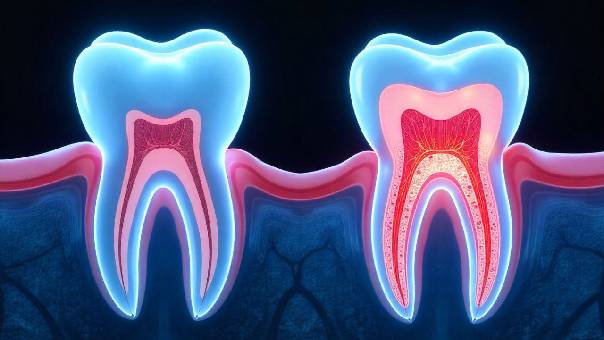
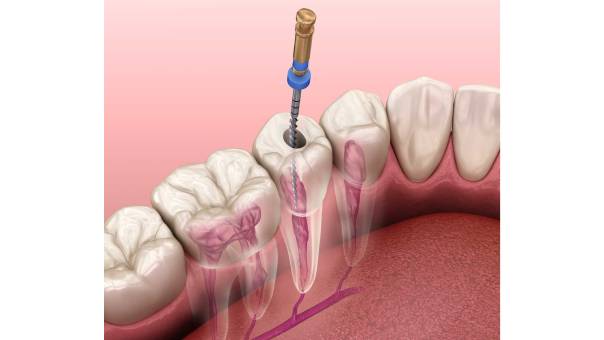
At our clinic, we often come across patients who continue to experience discomfort even after undergoing dental procedures elsewhere. One such recent case involved a young male patient who visited us with complaints of occasional pain in his upper left back tooth.
-
Patient History:
The patient had undergone Root Canal Treatment for his upper left second molar (tooth 27) approximately 2–3 months ago at another clinic. Despite the treatment, he was suffering intermittent pain in the same region. -
Clinical and Radiographic Findings:
On examination, mild tenderness was noted when tapping on tooth 27. A radiographic evaluation revealed that the distal canal of the tooth had been inadequately treated and left unfilled. This had led to a localized periapical infection. -
Our Treatment Approach:
After discussing the findings with the patient, we recommended a Re-RCT, focusing on the missed distal canal. This would allow us to eliminate the infection and restore the tooth’s health. -
Clinical Outcome:
The procedure was done comfortably and successfully on the patient, and recovery was smooth. At follow-up visits, he reported complete relief from pain, and healing was progressing as expected. -
Key Takeaway:
This case highlights how a missed canal can lead to persistent discomfort, but with timely re-treatment, such teeth can be successfully preserved.
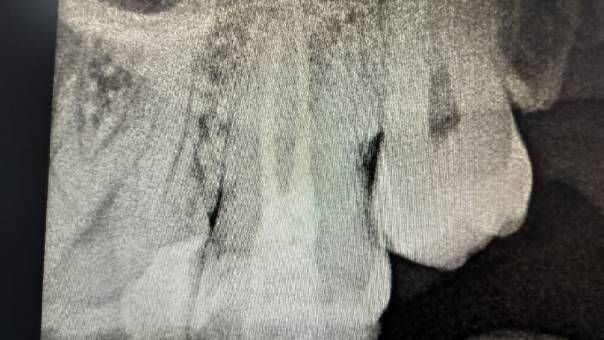
Locating the distal canal
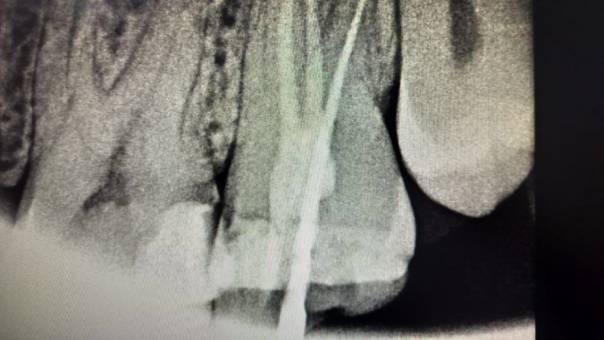
After Obturation
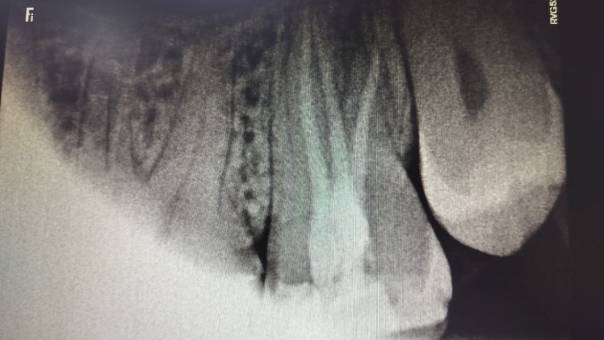
Unfilled distal canal pre-operation
-
Always seek treatment from an experienced dentist who uses advanced imaging and magnification tools.
-
Follow post-treatment instructions carefully.
-
Maintain good oral hygiene to prevent new decay.
-
Schedule regular dental check-ups for early detection of issues.
Root canal treatments are highly effective in saving natural teeth, but precision and thoroughness are crucial for success. Even if a root canal fails, it doesn’t always mean the tooth must be extracted, Re-RCT can offer a second chance for tooth preservation.
If you’ve had a root canal but still experience discomfort, don’t delay seeking professional help. Early diagnosis and prompt re-treatment can prevent complications and keep your smile healthy for years to come.
